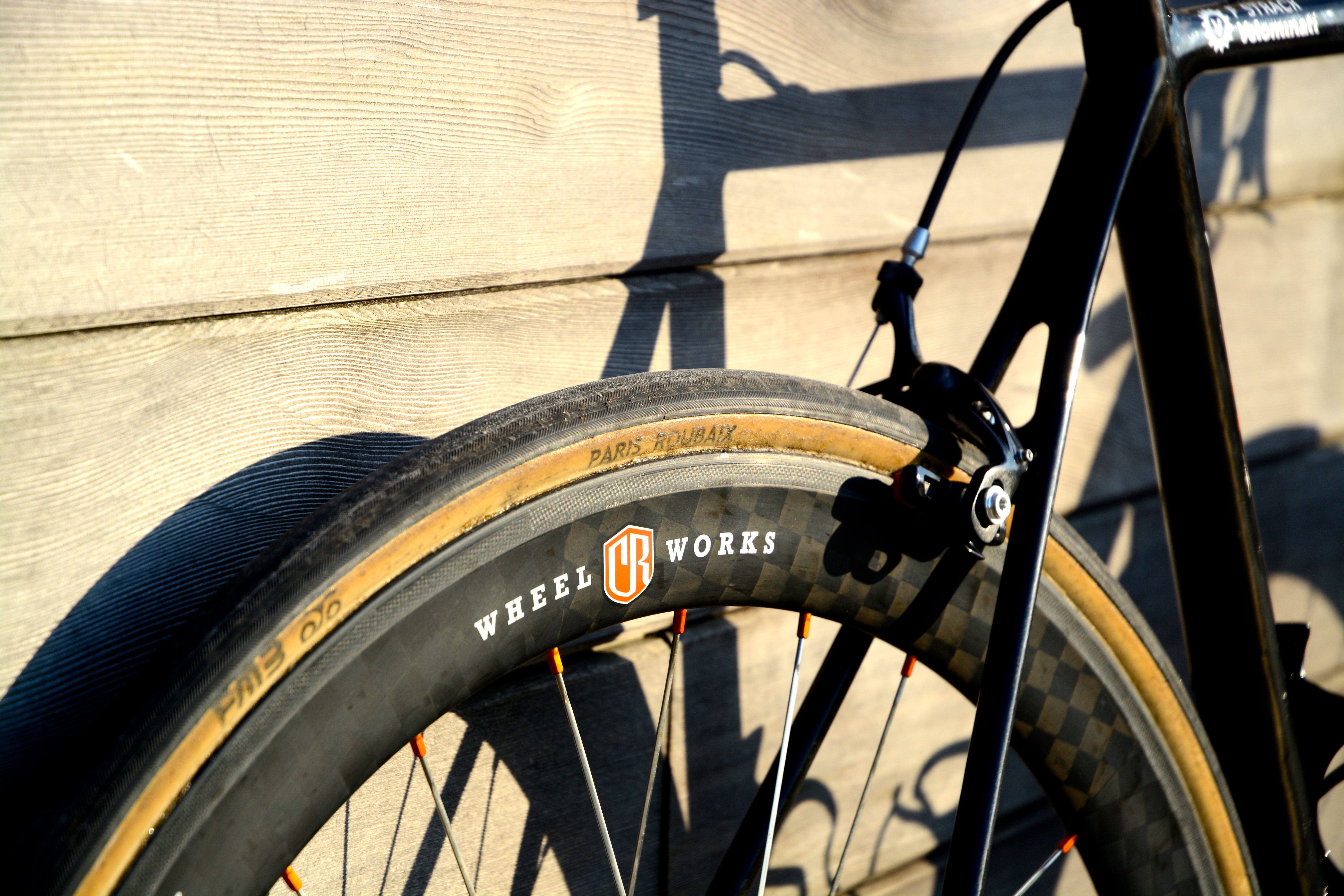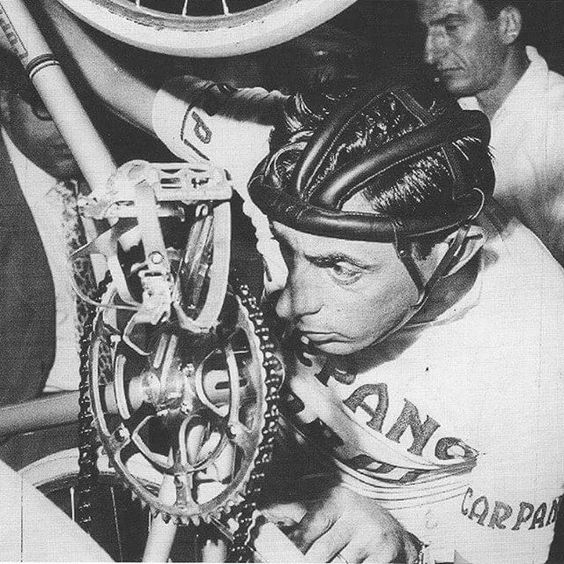The Goldilocks Principle: Deflategate
The Rider is the best book ever written about Cycling. I don’t mean that figuratively, I literally mean that literally. I say this despite having had my hand in writing our own Book about Cycling. What makes this book great is not just the prose, which is immaculate, but the spirit of the Velominatus that permeates the work. My friend @ErikdR recently sent me a copy in the original Dutch and, to my amazement, the English translation loses very little of the subtext that most translations do. Still, some expressions as they are written in Dutch carry so much meaning that it is impossible to translate into a foreign tongue. This is the essential underlying art, the intangible essence that separates language from communication.
Early in the book, Krabbé rides a short warm-up and upon reaching his turn-around point, climbs off to answer the call of nature. As he remounts, he carefully wipes his tires clean before setting off back towards the start/finish line. I had never noticed that bit of the book before but the Dutch version used a particular turn of phrase that expressed, if not a love, then an unusual degree of care given to an inanimate object.
And I realized, at that moment, that Cyclists today don’t love their tires anymore; clinchers have desensitized us against the miracle of riding on a membrane supported only by air. Tubulars, on the other hand, make you work to appreciate their miracle. You have to huff some glue (technically that counts as a win-win), you have to align the tyre properly, you have to keep the glue off both the braking surface and the sidewall, which seems like a paradox to the uninitiated. Tubulars make you work for it, they help you appreciate that a tire isn’t a bit of disposable kit; it is a commitment towards mutual benefit.
I was raised like every other Merckx-fearing Velominatus: on a strict diet of Rule #5, long hours in the saddle, and 19mm tires pumped to the highest number the sidewall said to pump them to. Which was usually around 10 bar (150 psi). Simple physics: less surface area meant less friction, and everyone knows friction is an asshole.
Until the last few years, I’ve ridden 23mm tires at 8 bar, no questions asked. In the past few years, however, we’ve come to understand that lower pressures and wider tires provide some significant benefits, like being faster and more comfortable, to pick two. I have accepted this transition like a toddler “accepts” his vegetables.
Like Grandpa adjusting to color film in his camera, I have gradually moved towards wider tires at lower pressures. I’ve been experimenting with 25mm, 26mm, and 27mm tires for the last few seasons, pumped up anywhere from 6.5 to 8.5 bar. (On the cobbles in Northern Europe, I ride them at 5 to 5.5 bar, depending on the conditions.) Empirically, the difference in ride quality by tire pressure comes down first to the quality of the tire and its materials, the weight and riding style of the rider, countered by the road conditions.
Mileage may vary based on your weight and tire, but for now I’ve landed on 26mm tires at 7.5 bar. Now I’m just waiting for my order of Gianni’s Digital Lezyne pressure gauge to show up so I can really get down to business.


